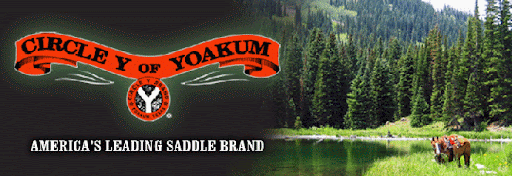Thursday, August 27, 2009
Hotter Than Hallettsville
Last weekend there was a Cowboy Mounted Shooting event in Hallettsville, which is about 15 miles from here, put on by the Gulf Coast Mounted Shooters. Friday night they had a beginner mounted shooting clinic so Amy and I decided to take our horses and go. She took her gray mare Fancy and I took Copper. My husband joined us and he actually rode Copper and I rode a great, well-broke gelding of Tina's. We were the only 3 there with horses so we got to ride through some patterns-without guns of course-and get a feel for it. The main person who worked with us was John Guido, a level 5 champion shooter. He explained the class divisions, how to approach the patterns, how to get your horse used to gunfire, and a lot of other topics. We never shot off our horses, but being able to ride through the patterns really helped with what he was telling us. There are 53 patterns that can be chosen so I don't think this will ever get boring. Once we finished the under saddle portion, we tied our horses and went to the other end of the arena where we got a lesson on the guns. Lisa, of the Gulf Coast Mounted Shooters, explained this portion. Shooters use .45 revolver pistols and there are specific rules of gun requirements. They shoot five black powder blanks that are similar to a shot gun shell effect. Once fired, the blank spreads so the optimum range to be from the balloons is 5-6 feet. We got conflicting info from Chris and Lisa about this, so I guess when we start practicing we'll see what works. Lisa strapped on the holsters, after a thorough gun safety lesson, and we got to fire 5 shots walking shooting the balloons and pretending to hold reins with the other hand. This is why it's so critical your horse neck reins and listens really well because you have to fire the gun, do a gun change, and steer your horse. It was a lot to take in but we got a great introduction to the sport. What's really cool about the whole experience is even my husband was talking about doing this when we left. He isn't a horse nut like myself, but by the end of this evening, he was wanting to get into it. The next morning he was scouting the internet for guns and holsters! Then on Sunday we had to go try a new horse for him which is monumental to say the least! Didn't work out with the horse so the search continues. I can say we have definitely found a new sport to get into. They encourage family participation and safety is always the first and foremost priority. For the children, who are called little Wranglers, they get to walk the pattern on foot and dry fire to begin with. Then when they are older they ride the pattern but still dry fire. Then, when they are a certain age (not sure of the exact rules) they can ride and shoot off their horses. So, it really is a sport the whole family will enjoy.
Tuesday, August 18, 2009
First Time Saddling Tip
 Here's a Julie Goodnight tip on how to properly saddle a horse for the first time.
Here's a Julie Goodnight tip on how to properly saddle a horse for the first time. Tip for First Saddling - When saddling a young horse for the first few times, it pays to be extra careful so as to prevent needless mistakes that can cause problems for a long time. If in the process of saddling, the saddle should slip and fall off the horse or slip underneath his belly from too loose a cinch, it could scare your young horse badly—a fright that he’ll remember for some time to come. As you saddle, never leave the saddle sitting unsecured on the horse—even for a moment. Always keep one hand on the saddle with a good grip on it so that if something were to happen, you could pull the saddle off without frightening the horse. Make sure the girth or cinch is tightened adequately to prevent the saddle from rolling. Often young horses withers are not fully developed and pronounced and their youthful figure can make it easy for the saddle to slip. Take all precautions to prevent saddle slippage, even tightening the girth several times during the session.
Friday, August 7, 2009
Julie Goodnight: ID your Horse
Julie Goodnight explains a quick tip to identify your horse in case of an unscheduled dismount on a long trail ride. This way if a good samaritan comes across your horse, he/she will have your information to return him.
Subscribe to:
Posts (Atom)

